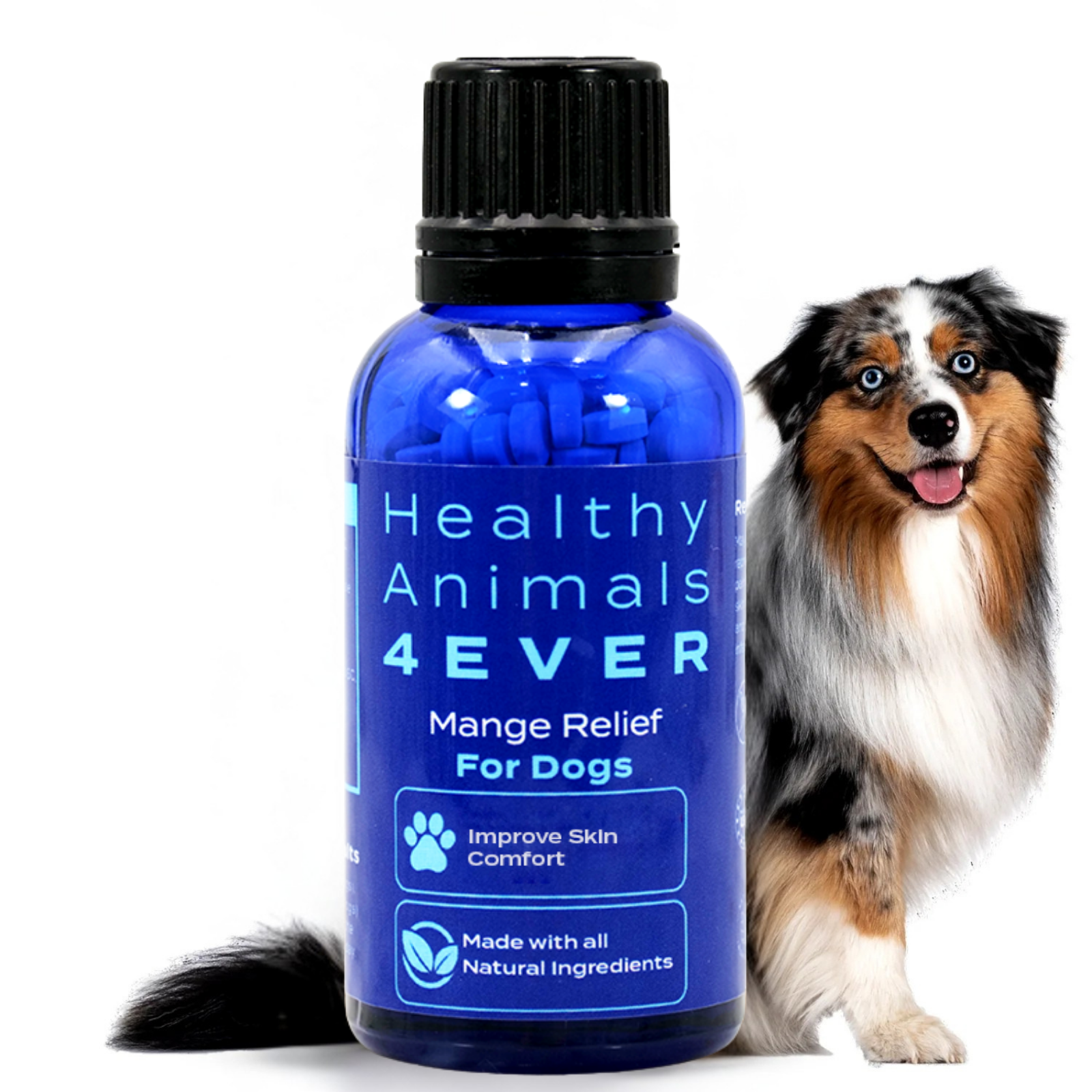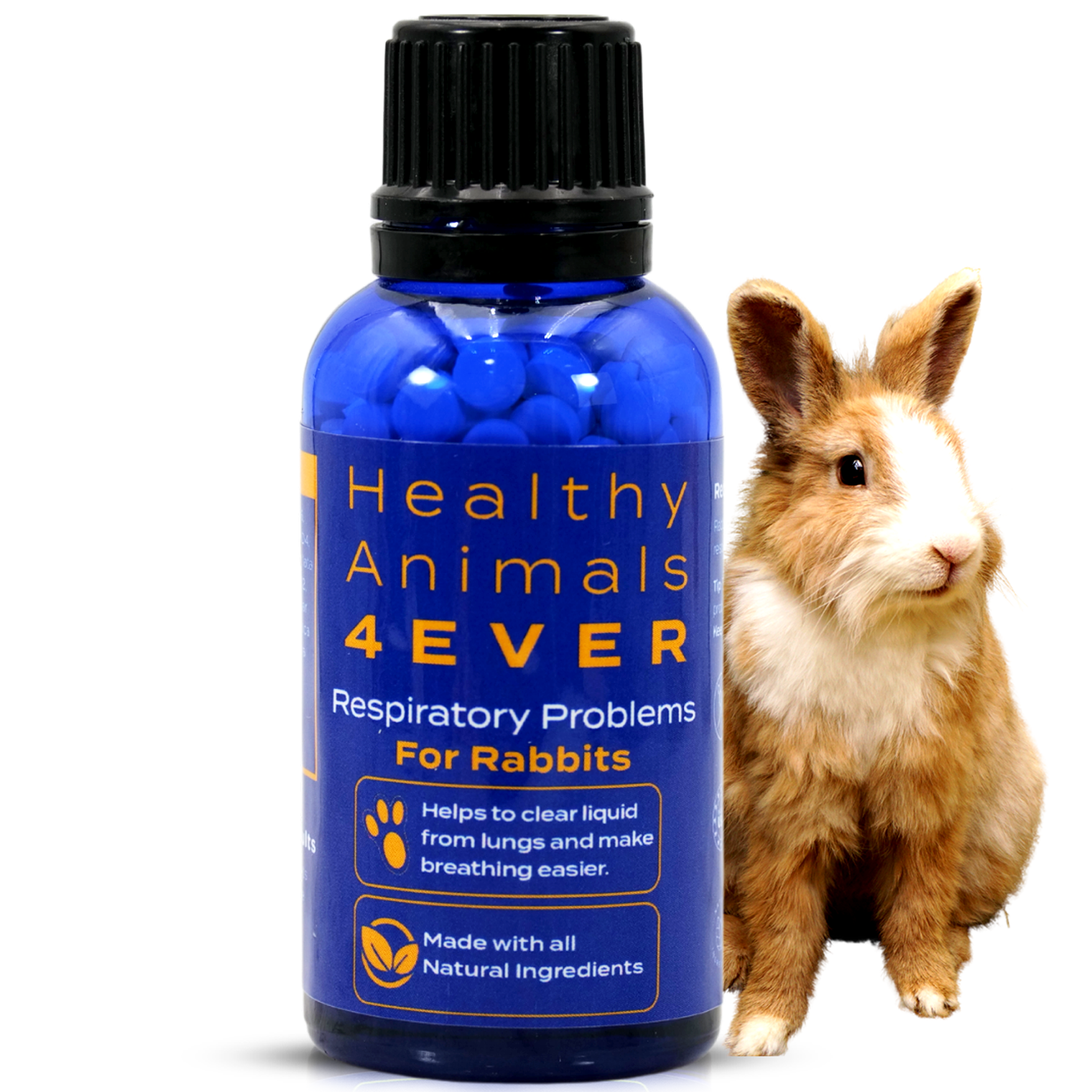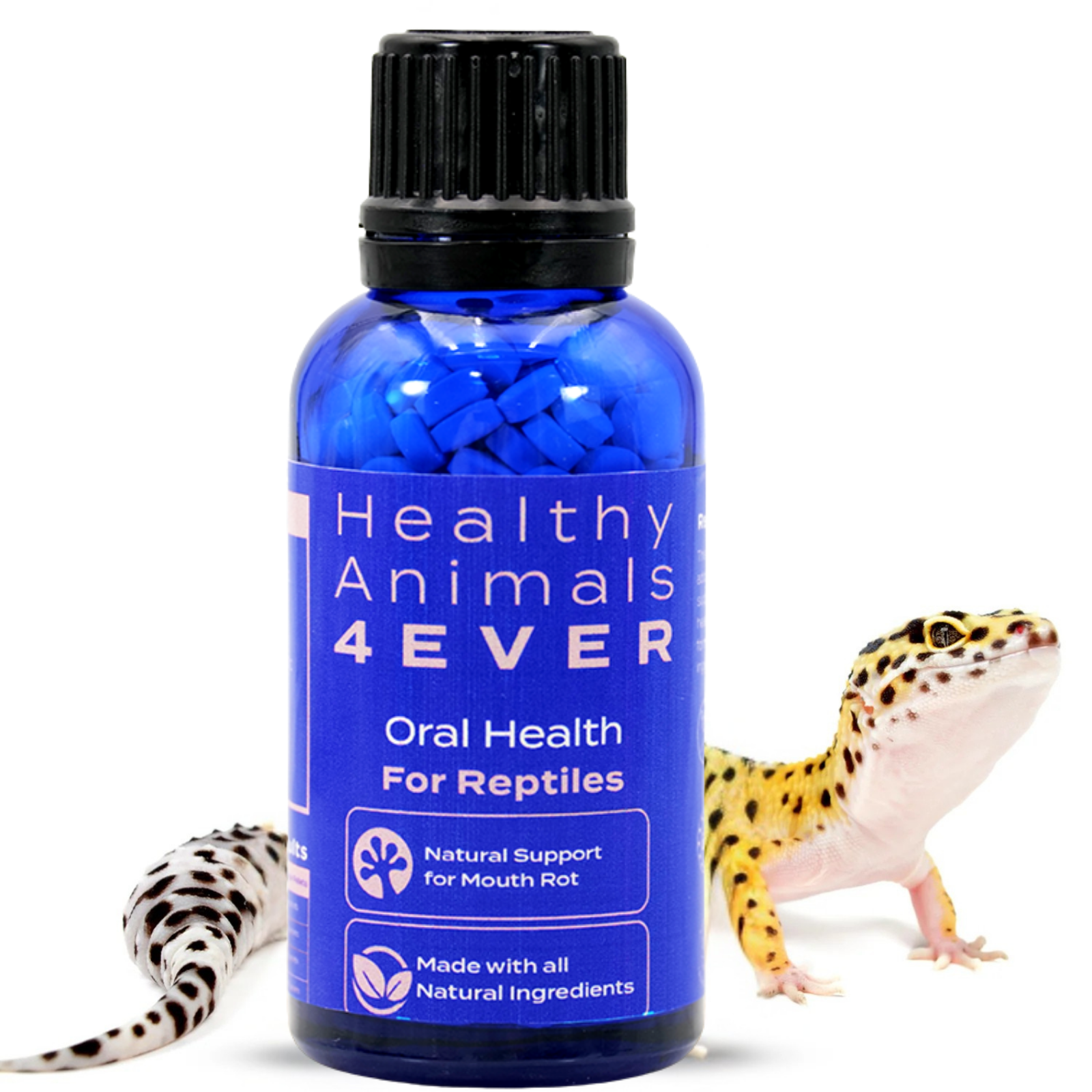Pet-friendly Halloween: Tips for a safe and fun celebration

Halloween is a spooktacular time filled with costumes, candy, and much more. While it can be a thrilling experience for humans, it can also be overwhelming for our furry companions.
On this day, you can ensure your pets have a safe and enjoyable Halloween with a few precautions. Here are some essential tips for keeping your four-legged friend safe during this ghoulish season.
- Costumes for canines
Dressing up your pet can be fun to include them in the Halloween festivities, but not all pets enjoy wearing costumes. It's important to consider your pet's comfort and mobility. If your pet doesn't seem happy in their costume, consider opting for a festive collar or bandana. Always ensure that costumes don't restrict their movement, vision, or breathing ability.
Here are some tips for selecting a pet-friendly Halloween costume:
- Comfort is key: Ensure the costume is comfortable and allows your pet to move freely. Avoid anything too tight, restrictive, or with small parts that could be a choking hazard.
- Avoid masks: Masks can obstruct your pet's vision, cause discomfort, and increase stress. Instead, consider costumes that don't cover their face.
- Check for allergies: Make sure the materials used in the costume are hypoallergenic and won't cause any skin irritations or allergic reactions.
- Mind the temperature: Consider the weather conditions. If it's cold, make sure the costume provides warmth. If it's hot, opt for something lightweight and breathable.
- Test the costume in advance: Allow your pet to wear the costume for short periods in the days leading up to Halloween. This helps them get used to it and allows you to make any necessary adjustments.
- Avoid dangling or small parts: Small parts like buttons, bells, or decorations can be a choking hazard. Opt for costumes with securely attached accessories.
- Consider your pet's personality: Some pets may be more tolerant of costumes than others. If your pet shows distress, it's best to skip the costume.
- Proper fit: Make sure the costume fits properly. It shouldn't be too tight or too loose, and it shouldn't restrict their movement or breathing.
- Visibility and mobility: Ensure your pet can see clearly and move comfortably while wearing the costume. Avoid costumes that cover their eyes, ears, or any body part that might affect their mobility.
- Supervise and monitor: Keep an eye on your pet while they're wearing the costume, especially if it's their first time. Make sure they don't get tangled or caught on anything.
- Use pet-friendly makeup and accessories: If you're using makeup or accessories, make sure they are specifically designed for pets. Avoid anything that could be toxic or cause skin irritation.
- Have an exit strategy: Be prepared to remove the costume quickly if your pet becomes distressed or uncomfortable.
- Choose pet-specific costumes: Look for costumes designed specifically for pets. They are often designed with their comfort and safety in mind.
Skin Allergy Rash and Irritations is a natural allergy remedy for all dogs. Helps heal irritated & infected skin. It may provide relief from insect bites. Provides a calming effect. All-natural formula. Easy to use.
- Dangerous candy
Halloween treats like chocolate, candy, and gum can be harmful or even deadly for pets. Keep all candy, especially chocolate, out of your pet's reach, and remind children not to share their loot with them.
Here are some candies and ingredients commonly found during Halloween that can be harmful to pets:
- Chocolate contains theobromine and caffeine, which can be toxic to dogs and cats. Dark chocolate and baking chocolate are particularly dangerous due to their higher concentration of these substances.
- Xylitol is a sugar substitute commonly found in sugar-free gum, candies, and baked goods. It can cause a rapid release of insulin in dogs, leading to hypoglycemia (low blood sugar), seizures, and liver failure.

- Hard candies and lollipops can be a choking hazard for pets. Additionally, if ingested, they can cause blockages in the digestive tract.
- Gummies and jellies are often sweetened with xylitol and can pose a choking hazard.
- Raisins and grapes are often used in various Halloween treats like trail mixes or baked goods. They can cause kidney failure in dogs.
- Some nuts, like macadamia, can be toxic to dogs and cause symptoms such as weakness, vomiting, and tremors.
- Candy wrappers, if ingested, can cause intestinal blockages or obstructions.
- Some adult-oriented candies may contain alcohol, which can be dangerous for pets.
- The sugar, additives, and sometimes nuts on candied apples can harm pets.
- Caffeine and energy drinks can be present in some candies or handed out as treats. They can cause heart palpitations, seizures, and other serious health issues.
- With the increasing popularity of marijuana edibles, it's important to note that marijuana can harm pets.
All digestive remedy is a natural digestive support for cats. It helps with stomach upset, diarrhea, and gastritis. It aids in restoring digestive balance and your pet's comfort. All-natural formula. Easy to use.
If you suspect your pet has ingested any of these items, immediately contact your veterinarian or an emergency animal clinic. They can guide what steps to take based on the specific situation. Remember to keep Halloween treats well out of your pet's reach and be cautious when handing out candy to trick-or-treaters to prevent accidental ingestion by pets.
While we're on the topic of treats, be sure to store them securely. Curious pets may be tempted to investigate candy bowls, and ingesting even a small amount can lead to serious health issues.
- Keep an eye on decorations
Decorations like candles and lights can be captivating for pets but can also pose a fire hazard or be harmful if chewed or swallowed. Opt for battery-operated candles or consider using flameless alternatives. Ensure that all decorations are securely out of your pet's reach.
Natural emotional trauma recovery remedy is for all cats. It promotes calmness and may help minimize anxiety. All-natural formula. Easy to use.
Some Halloween decorations to be cautious about if you have pets:
- Candles and Jack-o'- lanterns: Open flames from candles can pose a fire hazard if knocked over by a curious pet. Pets can also burn or knock the candle onto themselves, potentially causing severe injuries.
- String lights and electrical cords: Pets may be tempted to chew on cords, which can lead to electric shock or other injuries. Make sure cords are secured and out of reach.
- Fake spider webs: While not toxic, ingesting fake spider webs can cause choking or digestive blockages if a pet tries to eat them.
- Plastic decorations can break into small, sharp pieces if chewed on by a pet. Ingesting these pieces can cause severe injuries to the digestive tract.
- Small decorations like beads, buttons, or figurines can be choking hazards for pets.
- Glow sticks and jewelry contain chemicals that can be harmful if ingested and can cause mouth irritation and excessive drooling.
- Edible decorations like candy corn or other small, decorative sweets can be harmful if ingested by pets.
- Motion-activated decorations: Some Halloween decorations, like motion-activated props or animatronics, can startle or frighten pets, potentially causing stress or anxiety.
- Fog machines: The noise and appearance of fog can be frightening for pets. Additionally, the chemicals used in fog machines can be harmful if inhaled.
- Some plants used for Halloween decorations, like pumpkins and cornstalks, are generally non-toxic but can cause digestive upset if ingested in large quantities.
- Small, detachable parts from Halloween props can be choking hazards if a pet gets hold of them.
- Halloween decorations that make loud noises or move suddenly (e.g., animatronics, jump scares) can frighten pets, potentially leading to stress or anxiety.

It's important to pet-proof your decorations and keep potentially hazardous items out of your pet's reach. Supervise your pet around Halloween decorations, especially if they are curious or prone to getting into things. If you notice any signs of distress or illness in your pet, contact your veterinarian immediately.
Halloween can be noisy with firecrackers, spooky sound effects, and trick-or-treaters at the door. Some pets may find these sounds distressing. Create a safe and quiet space where your pet can retreat if they feel overwhelmed. This could be a bedroom or a designated area with their bed, toys, and calming music.
Anxiety and overreaction from fear formula is a natural remedy for calmness and reduced fear in dogs. It helps minimize stress and fear responses. Useful for generalized, separation, social, and environmental anxiety. All-natural formula. Non-drowsy relief. Easy to use.
- ID and microchipping
With the constant opening and closing of doors during trick-or-treating, pets are more likely to escape. Ensure your pet has proper identification, including a collar with a tag. Consider microchipping if you haven't already, as it provides a permanent form of identification.
Ensure your pet wears a secure collar with an up-to-date ID tag. Check that the tag includes your current contact information, including your phone number and address.
Keep the collar and ID tag on your pet at all times, even if they're indoors. This increases the chances of a safe return if they manage to slip out.
A microchip is a small, permanent device inserted under your pet's skin. It provides a unique identification number that a vet or shelter can scan. Ensure that your microchip is registered and the information is current. Update it if you move or change your contact details.
With guests coming and going, it's easy for a pet to slip out. Be cautious and keep a close eye on them.
Keep your pet confined in a secure area, especially if they get anxious or frightened by the comings and goings of trick-or-treaters. This could be a separate room or a secure crate. Try to keep your pet occupied with toys or treats that can help divert their attention from the Halloween commotion.
- Walk during daylight hours
If you're planning to take your pet for a walk on Halloween, try to do so during daylight hours. The evening can be exceptionally hectic, with increased traffic and potentially frightened children and pets. Keeping walks to well-lit areas will help ensure everyone's safety.
- Stay calm and reassuring
Remember to remain calm and reassuring for your pet. They may be confused with all the unusual sights and sounds. Comfort them and offer extra cuddles if they need it.
- Keep anxious pet calm
Halloween is an exciting time for humans, but it can be a source of stress for our furry friends. The costumes, decorations, and constant doorbell ringing can all contribute to pet anxiety. We found some valuable tips on how to keep your pet calm and comfortable during the Halloween festivities.
- Create a safe haven: Designate a quiet, comfortable space where your pet can retreat. Fill this area with their favorite toys, bed, and water bowl. This will serve as their sanctuary when things get too overwhelming.
- Stick to a routine: Maintaining your pet's regular feeding, exercise, and playtime schedule can provide a sense of normalcy and security during this potentially chaotic time.
- Close windows and curtains to muffle the sounds of fireworks and other loud festivities. Keeping your pet away from the front door can also reduce the stress of frequent visitors.
- Engage your pet with their favorite toys or puzzle feeders to keep their mind occupied and help them focus on something other than the Halloween commotion.
- Play soothing music, use pheromone diffusers, or try gentle massage to help relax your pet. These techniques can provide a calming environment during the festivities.
Monitor for signs of stress
Pay close attention to your pet's behavior. Signs of stress may include panting, pacing, hiding, excessive barking, or aggression. If you notice these signs, provide comfort and consider relocating them to their safe space.
Here are some signs of pet stress to watch out for:
- It may be a sign of stress if your pet is panting heavily or drooling more than usual.
- If your pet constantly moves around and seems unable to settle, this can be a sign of anxiety.
- Pets may try to find a quiet, secluded spot to escape the commotion.
- Increased barking, meowing, or whining can indicate your pet is feeling stressed or anxious.
- Stress can affect your pet's eating habits, leading to a loss of appetite or, in some cases, overeating.
- Your pet may have accidents in the house, even if they are usually well-trained. Conversely, stress can also lead to decreased urination or bowel movements.
- Pets may chew on furniture, shoes, or other objects as a way to cope with stress.
- Stress can lead to excessive grooming or scratching, resulting in skin irritation or even injuries.
- Visible physical signs of stress may include trembling or shivering.
- Some pets may become more aggressive when stressed, while others may withdraw and avoid interaction.
- Pay attention to your pet's body language. A hunched posture, flattened ears, or dilated pupils indicate stress.
- Licking lips and yawning excessively can be signs of discomfort or stress in pets.
Aggression and frustration reduction remedy is a natural support for aggressive dog behavior, excessive barking, nervousness, and anxiety. It helps alleviate stress and fear. All-natural formula. Easy to use. (Healthy Animals 4ever)
The Bottom line
With some preparation and vigilance, you can ensure your pet has a safe and enjoyable Halloween. By keeping their well-being in mind, you'll be able to celebrate the season together without any frightening mishaps.
Happy Halloween to you and your furry friend!














